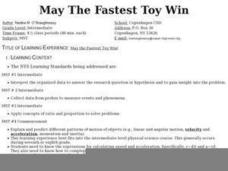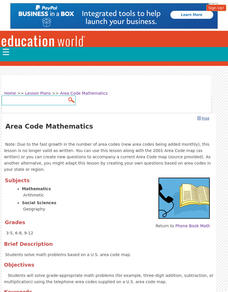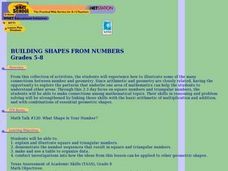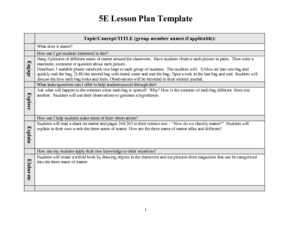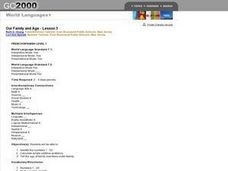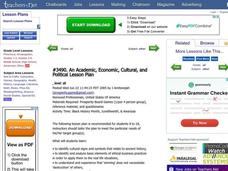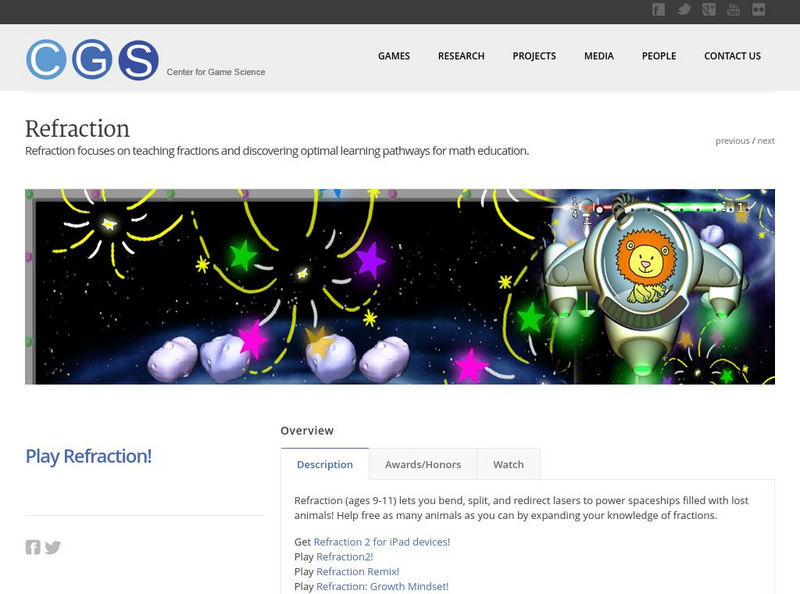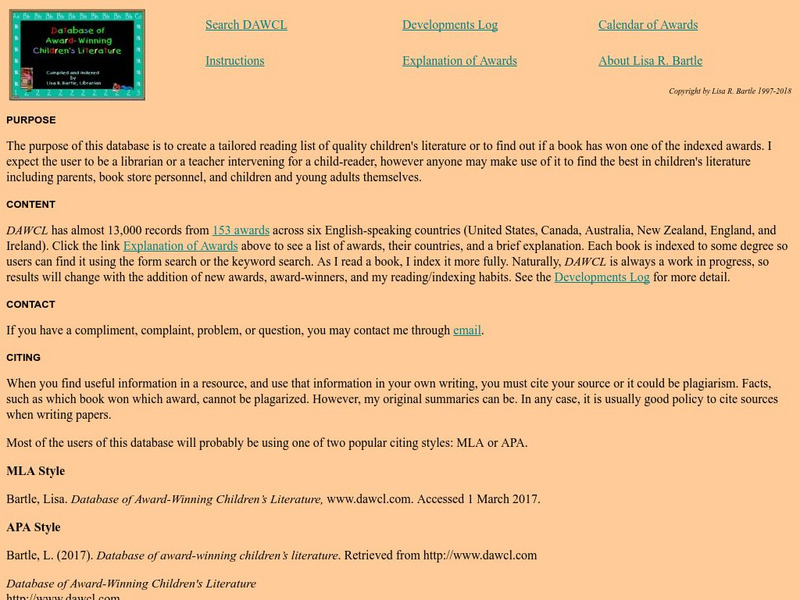Curated OER
Vampires: Fact or Fiction?
Middle schoolers predict how many vampires are in the world, based on the legend that, once bitten, each victim becomes a vampire. Extrapolating how many vampires would populate the earth in 30+ weeks, students then compare the total...
Curated OER
May The Fastest Toy Win
Students determine which wind-up toy is the fastest. However, they can NOT race the toys. They must find another way. On the first day of the activity, students work in pairs or small groups to develop and write a plan.
Curated OER
Replanting the Rainforest
Students practice problem solving techniques. They interpret data gathered by student researchers in Australia about the effectiveness of various strategies for controlling weed growth in a newly replanted rainforest.
Curated OER
Building Shapes From Numbers
Students experience how to illustrate some of the many connections between number and geometry. Through this 2-3 day focus on square numbers and triangular numbers, students make connections among mathematical topics.
Curated OER
What Does It Matter?
Students define matter, the chemical properties of matter, and the physical properties of matter. They name physical and chemical properties of matter (by classifying using a Tree Map). Students determine the mass, volume, and density of...
Curated OER
What Does It Matter?
Young scholars match definitions with vocabulary words and learn basic facts about matter. Then, they see how to determine the physical characteristics of matter. They determine the mass, volume, and density of objects using appropriate...
Curated OER
Exploring Equations and Y-Intercept
Students graph linear equations using intercepts, find y-intercept, find x-intercepts and graph linear equations that use horizontal and vertical lines.
Curated OER
Trash...it really piles up!
Students investigate a contemporary "midden" by analyzing trash collected from various sources and determining life-style choices people make. They see that reducing the amount of waste we generate is helpful to the the environment.
Smithsonian Institution
What's the Code? Coding Robot Movements Using Sound
Tap into the desire to learn about computer codes. Pupils apply the Tap Code and the Polybius Square to send secret codes using sound. They design a code that tells a robot what movements to make and then test out their code using one of...
Curated OER
Our Family and Age
Start by playing a song about numbers. "Sing, Dance, Laugh, and Eat Quiche" is suggested. Then, start counting things around the room. Introduce yourself, and have kids start to introduce themselves when they catch on to the vocabulary....
Curated OER
The High and the Flighty
Young scholars study women aviators and act out a talk show-style interview with one of them. They plot Amelia Earhart's flights on a map.
Curated OER
Forces and Graphing
Students analyze graphs to determine relationships between variables and rates of change. They determine the basic concepts about static reaction forces. They determine the slope and equation of a line.
Curated OER
Learning About the Great Inventor: Thomas Edison Lesson Plans
Thomas Edison facts can inspire students to create their own inventions, and persevere despite adversity.
Curated OER
An Academic, Economic, Cultural, and Political Lesson Plan
Students reflect on how many board games they've played have African Americans, their culture or history incorporated within. They identify four street games and three card games that appeal to African Americans. They play the...
Alabama Learning Exchange
Alex: Battle to the Death: Adding Integers
The goal of this lesson is for learners to use manipulatives to add integers, creating concepts rather than memorizing rules. This lesson will be related to the 300 Spartans who battled the invading Persians at the Battle of Thermopylae,...
Other
Center for Game Science: Refraction
Use your knowledge of fractions, to save animals who have gotten stuck in space. Game practices the following concepts: equal partitioning, addition, multiplication, mixed numbers, improper fractions, and common denominators. Teacher can...
Alabama Learning Exchange
Alex: Integers Are Rising and Falling Everywhere!
Students will expand from the idea of not only identifying signed numbers but to use them for numerical operations. This lesson plan was created as a result of the Girls Engaged in Math and Science, GEMS Project funded by the Malone...
Alabama Learning Exchange
Alex: Those Cells Look Good Enough to Eat.
This is a student led activity utilizing visualization and association to memorize the parts of animal and plant cells. Young scholars will work cooperatively to develop drawings to connect the parts of cells to one of their favorite...
Other
Database of Award Winning Children's Literature
This is a phenomenal resource. It allows the user to create a reading list of quality children's literature based of choices such as reading level, type of book, genre, ethnicity, gender, etc. In addition, one can determine if a book won...

